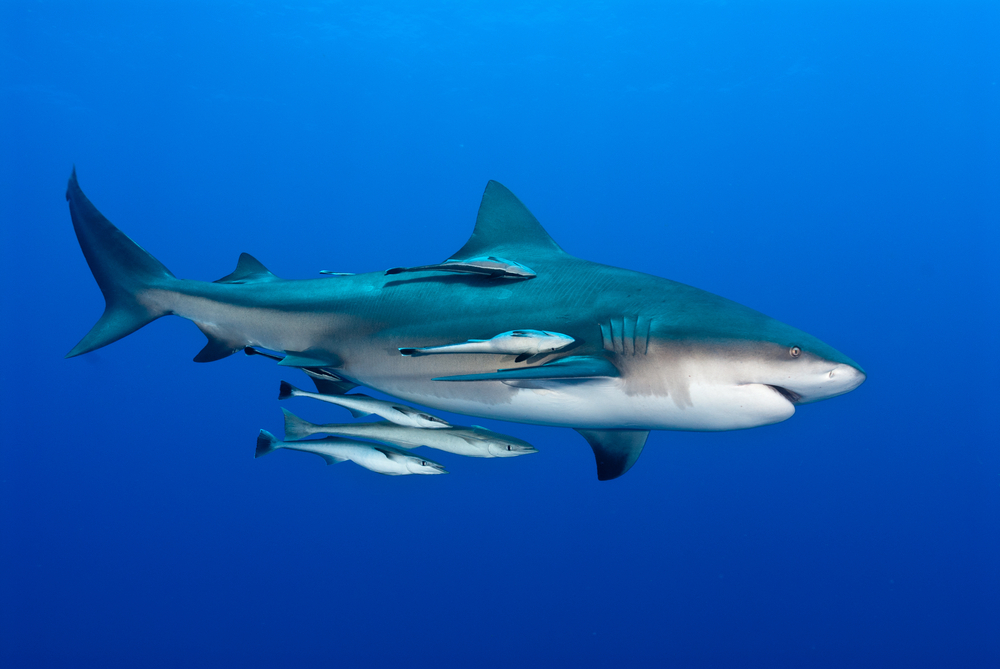
Humans aren’t the only ones to keep pets, you know. All sorts of animals from right around the world have been spotted forming masterful relationships with other species. But unlike us with our cats and dogs, these mutualistic creature companionships are usually essential for both animals’ well being, if not their very survival.
Tarantulas and frogs
As a large species of spider, the Colombian lesserblack tarantula is more than capable of killing and eating a small amphibian like the dotted humming frog. Yet the tarantula has a good reason for letting the frogs live—they eat ants, which devour spider eggs. In return for guarding the mama spider’s offspring, the frogs are allowed to keep on hopping. As a bonus, they get eight-legged protection from other predators and leftovers to feed their tadpoles on when the tarantula makes a kill.
2. Deer and monkeys
Sika deer and red-bottomed macaque monkeys have an odd relationship. The animals live side by side on the island of Yakushima in Japan, seemingly enjoying one another’s company. When it comes to who’s dominant, it’s tempting to say the monkeys—they’re occasionally seen riding on the deers’ backs for fun. However, it’s probably the deer who get the most out of the relationship, listening out for the macaque’s feeding calls in order to track down fruit that drops from the island’s native camphor trees.
3. Remoras and sharks
Remoras are tropical ocean-dwelling fish known for attaching themselves to larger animals like sharks for a free ride. At first glance, the cheeky sucker fish seems to be giving nothing in return for its transportation, protection and food (like fish faeces… yum). But closer inspection reveals that the sharks do benefit, as the remoras are also sloughing away dead skin and eating parasites while they latch on. It doesn’t stop the host animals from occasionally eating their cleaners—sharks will be sharks, after all.
4. Keyhole limpets and scale worms
This duo of diminutive underwater creatures actually form one of the most effective partnerships in the animal kingdom. Limpets are underwater snails, sticking to rocks and other hard objects with no real defence other than the hard conical shells that protect their gooey bodies. They need backup, which is why they employ banded scale worms as their guard dogs. These aggro worms live inside the limpets’ cosy shells so, if any predator decides to go in for a taste of the salty mollusc, they’ll bite at the offending beast with their nightmarish wormy fangs. Lesson learned: leave keyhole limpets the heck alone.
5. Oxpeckers and cows

As its name suggests, the oxpecker spends a lot of its time perched on cows and other large mammals, mainly to feed on ticks and other bugs. The birds also use the livestock’s hair to create their nests; non-breeding oxpeckers will even use their host animal as a bed. However, there’s a darker secret. Eating all those ticks has given the oxpecker a taste for blood, and it will also regularly be found pecking at the mammals’ open wounds for a vampirish snack. This somewhat spoils all the good that the birds are doing by eating the parasites, but the patient cows will usually put up with their bloodthirsty habits regardless.




